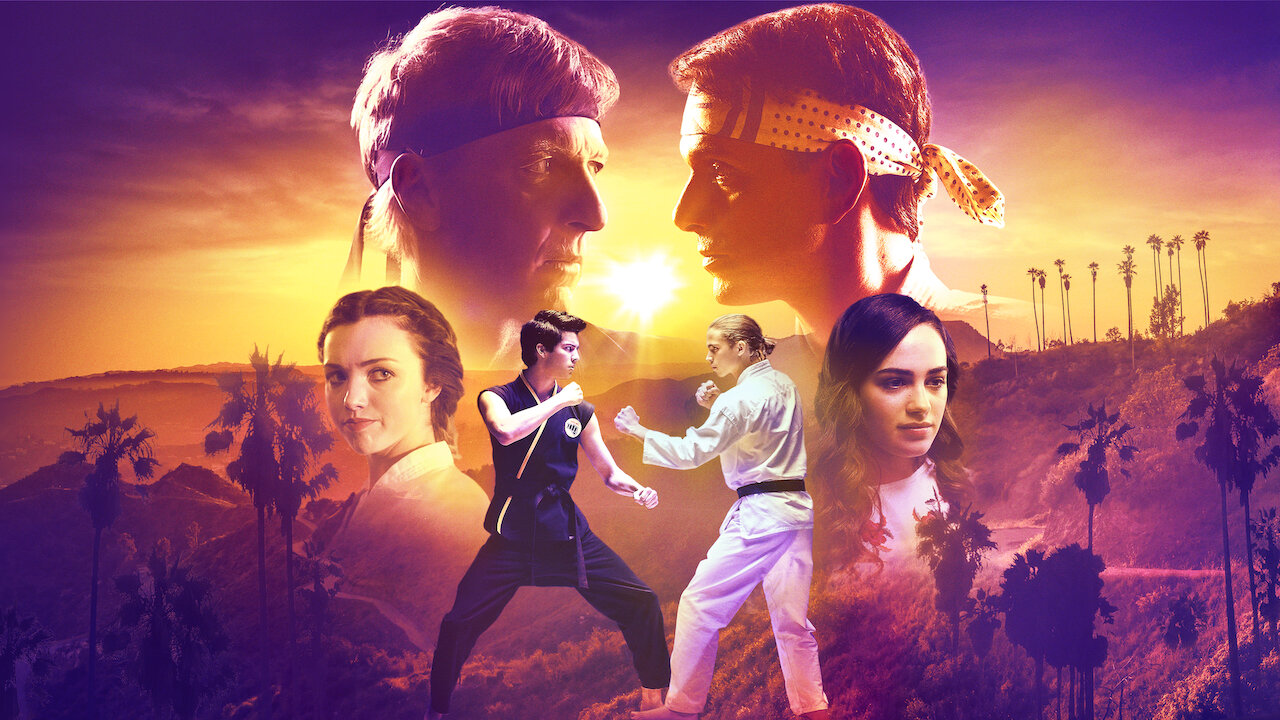Table of Contents Show
Hollywood and the television industry have developed a habit over the past decade: rebooting an older title to tap into the nostalgia and love around it, usually through a remake or continuation. From the new Star Wars trilogy to TV series like Twin Peaks and Charmed, plenty of classic titles are getting the reboot treatment. Cobra Kai, at first glance, seems like just another one of the crowd. Yet the continuation of the classic 80s Karate Kid trilogy, which first aired in 2018 on YouTube Premium (then YouTube Red), received critical acclaim. It has since made the transition to Netflix, where it has blossomed in popularity.
Somehow, Cobra Kai manages to stand out. It avoids feeling like a shameless cash grab and instead feels like a show whose creation was justified. Cobra Kai points the story that began in the films toward a natural conclusion while using nuanced character work to explore how people are shaped by the support systems around them. By putting love, consideration, and passion for the originals into the show and its themes, the creators of Cobra Kai have, decades after The Karate Kid trilogy, produced one of those rare continuations that feels like a rightful and true successor to the movies that preceded it.
So What Is Cobra Kai?
The original Karate Kid follows Jersey teen Daniel LaRusso, who has moved to California with his mom. Already unhappy with the move, Daniel’s experience doesn’t improve when he starts getting bullied by a group of kids from local karate dojo, Cobra Kai. Finding a martial arts mentor in his apartment’s maintenance man, Mr. Miyagi, Daniel enrolls in an approaching karate tournament as part of a bargain to end the bullying.
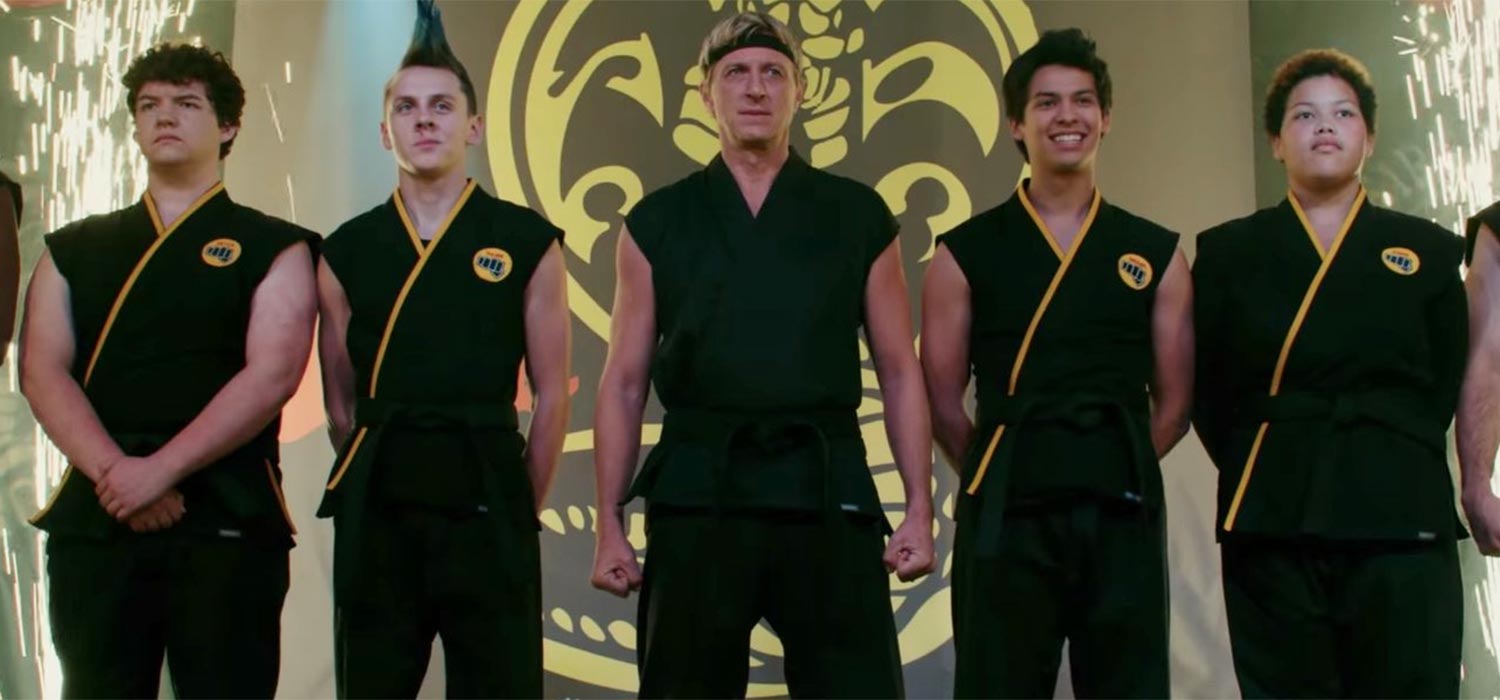
Cobra Kai picks up over thirty years later and is told from the perspective of Johnny Lawrence, the rival and bully of the first movie. After getting fired from his job and agreeing to teach karate to his new neighbor, Johnny re-opens Cobra Kai, renewing his rivalry with Daniel and kicking off a nuanced conflict fueled by fundamental philosophical differences and constant miscommunication.
Homage To The Originals
It’s a simple premise for a continuation, but the show puts in the effort necessary to make it shine. It’s clear from very early on that the writers are aware of the nostalgia surrounding The Karate Kid and aren’t interested in dismantling what works. There is a litany of small details that pay homage to the originals: familiar background items, quick verbal references to past characters and events, and occasional scenes that parallel the films, with one character even mirroring Daniel’s infamous crane kick.
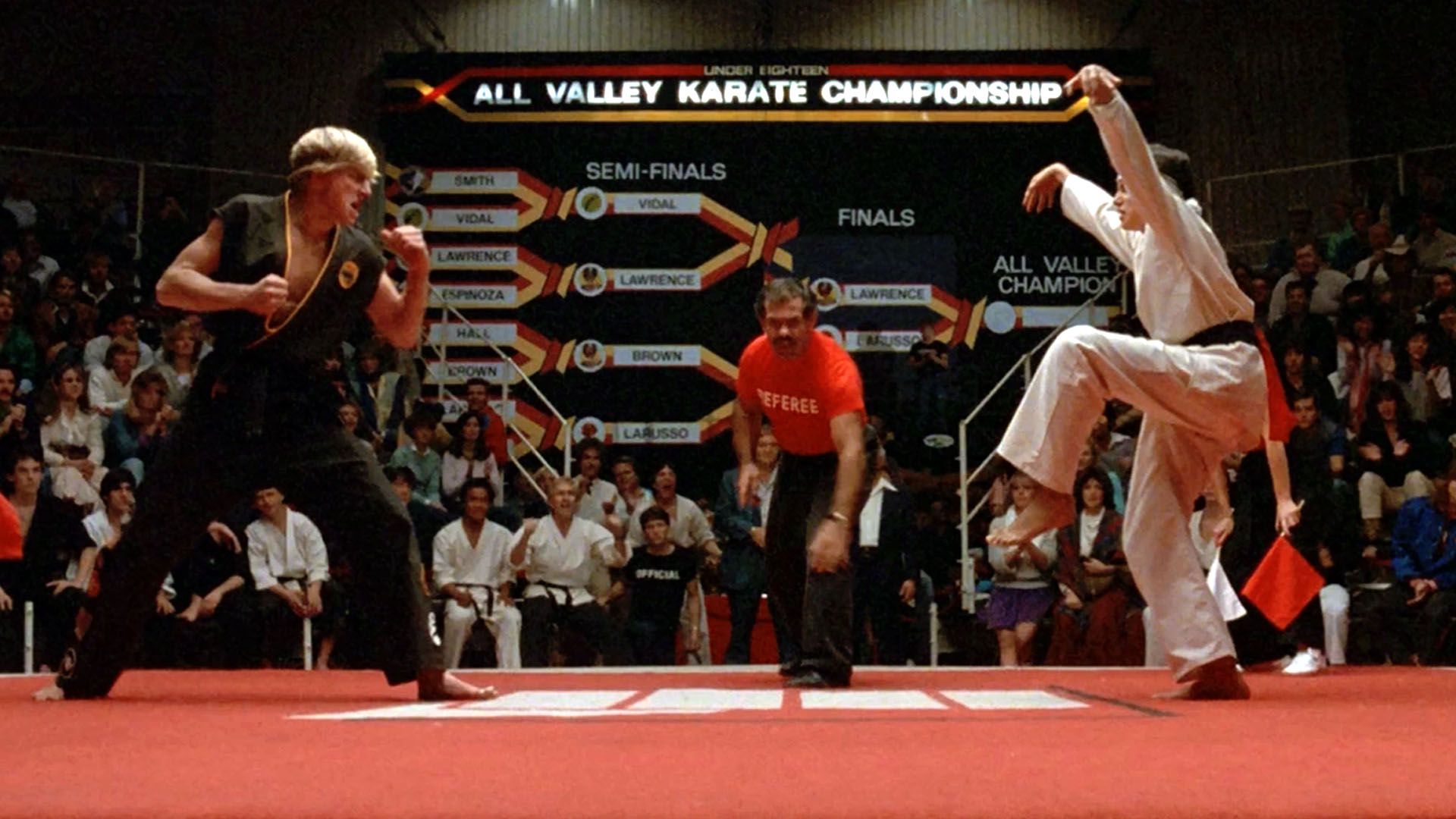
Some of these references even become major plot points. This happens at one point in season two, after Daniel, who disagrees with the aggressive and merciless philosophy of Cobra Kai, decides to open his own dojo to pass on Mr. Miyagi’s teachings. It isn’t long before the dojos are regularly skirmishing. John Kreese — Johnny’s former mentor and arguably the “true” antagonist of the show so far — talks a Cobra Kai student into trashing Miyagi-do and stealing Mr. Miyagi’s Medal of Honor. To a viewer unfamiliar with the originals, this is enough context.
Cobra Kai presents Mr. Miyagi as a good man in Daniel’s memory, a golden standard to which Daniel, for all his flaws, aspires. It is clear from the start that taking the medal crosses a line. Yet, for those who remember the originals, these events have an extra layer of meaning. One of the most devastating scenes from the first Karate Kid film is when Daniel visits Mr. Miyagi’s home and finds the man drunk and rambling. As Daniel helps put Mr. Miyagi to bed, he discovers that while Mr. Miyagi had been fighting in World War II — earning that Medal of Honor — his wife and newborn son had died in childbirth, detained at Manzanar Internment Camp by the very country Mr. Miyagi was serving.
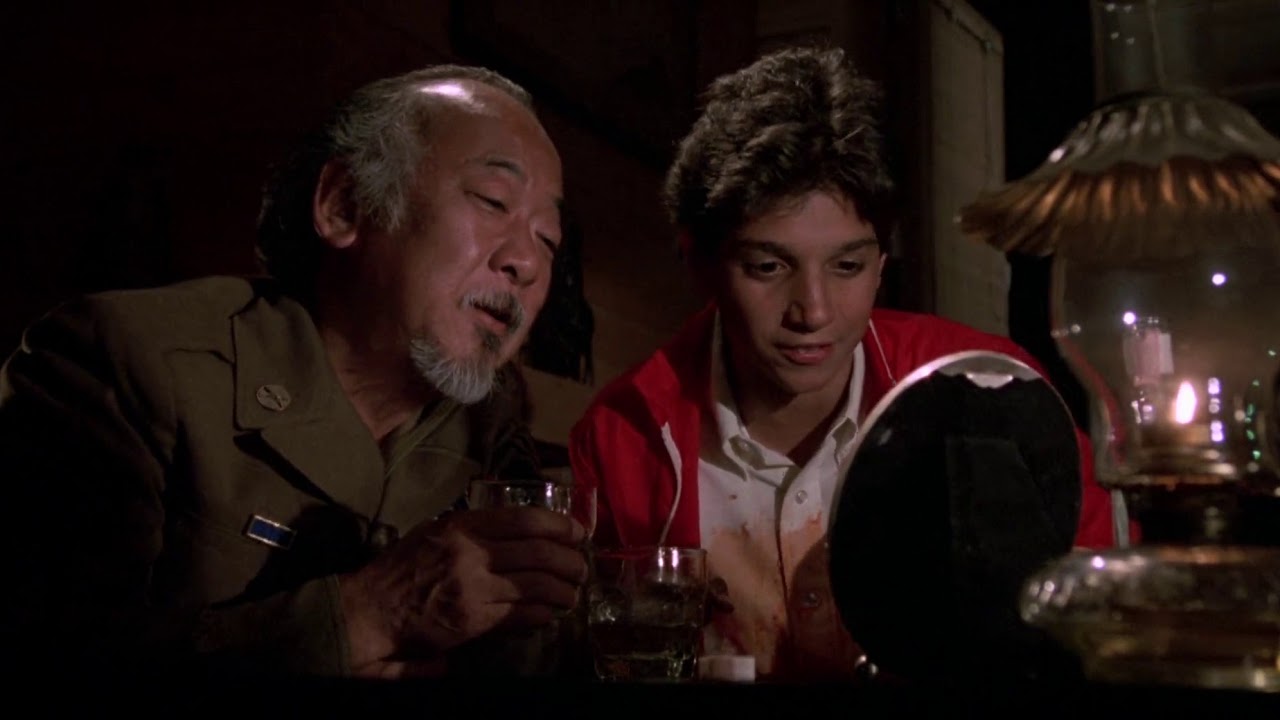
The scene is brutally effective at establishing an emotional connection with Mr. Miyagi; he isn’t just a wise, benevolent mentor offering Daniel guidance — he’s a man still grieving for his dead wife and child decades after their deaths, and his loving mentorship with Daniel is more touching for it. This context adds an extra layer of bitterness to the experience of watching the vandal steal and keep the medal without regard for its meaning. It makes Daniel’s frustration and rage over the trespass even more understandable.
All of this is underscored by the show’s use of actual footage from the original trilogy. The characters occasionally flashback to the past, reinforcing emotional beats and providing context to those who don’t remember the originals. However, the show goes beyond including flashbacks and material tributes to the originals. Cobra Kai works more than items and events because it stays true to the originals’ thematic and emotional elements.
Troubled Protagonists
In order to fully explore these themes, we should first discuss the show’s depiction of its protagonists. Namely, we need to discuss Johnny Lawrence and Daniel LaRusso. Though they technically share the spotlight with other characters, their past drives the narrative forward, and their grudges that create much of the story’s conflict.
Revisiting The Childhood Bully: Johnny Lawrence
Though Daniel’s bully, Johnny did receive moments of depth in the originals, conceding victory to Daniel after Daniel’s win in the first tournament and ultimately defecting from John Kreese’s Cobra Kai at the start of The Karate Kid Part II. Cobra Kai makes use of his role as their lead POV character to explore this further. The show quickly establishes that Johnny has a heart of gold under his disgruntled demeanor, and flashbacks reveal that even as a child he struggled with a troubled home life due to a tumultuous relationship with his step-father, Sid. Yet the show is also honest about the fact that Johnny is flawed. His own childhood struggles don’t excuse the fact that he himself was an absent father.
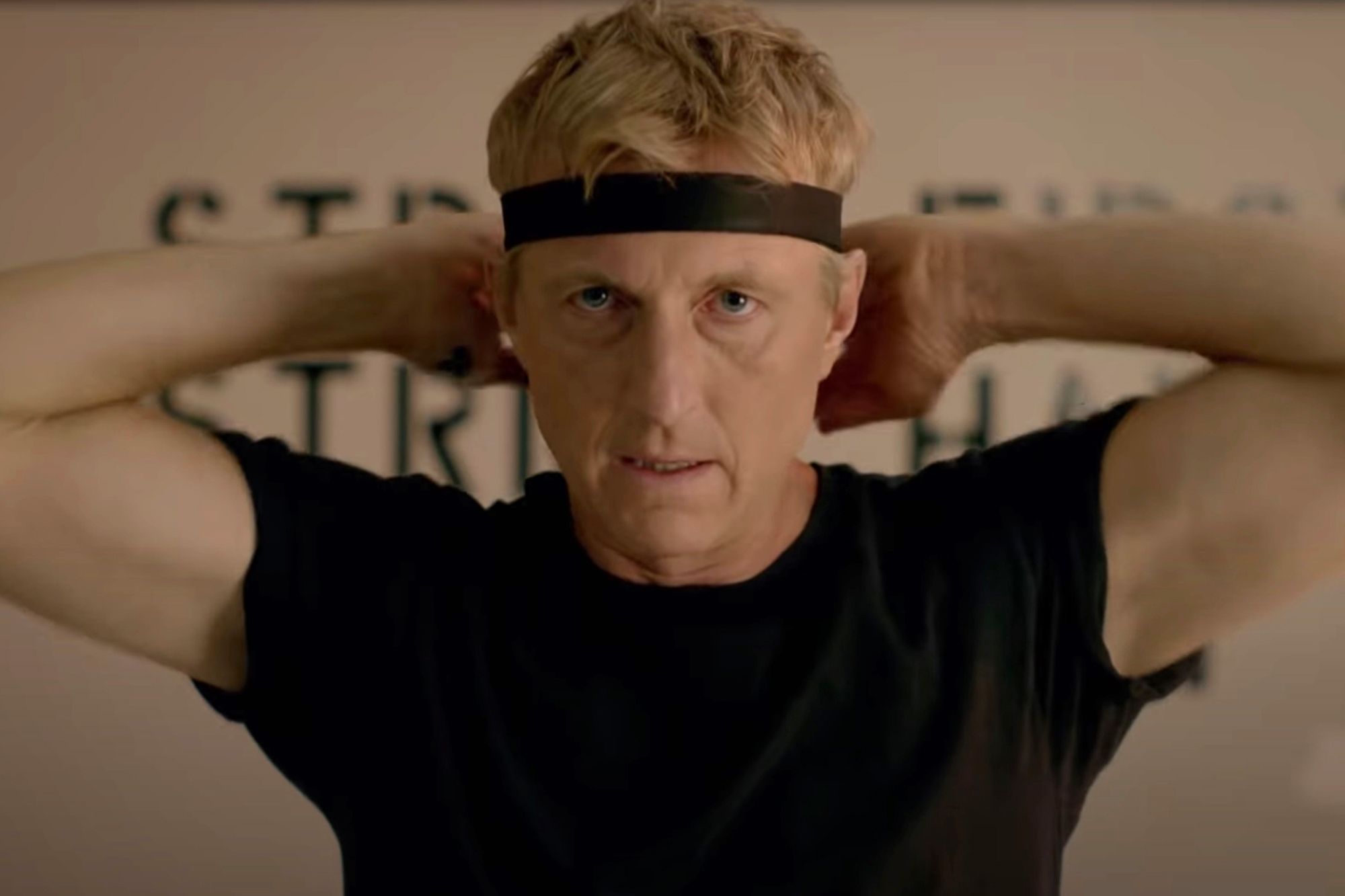
He can be misogynistic, at one point refusing to teach a female student, Aisha, because he doesn’t believe girls can fight. His initial meeting with his first student, Miguel, includes a racist line (a sarcastic “Great, more immigrants” (( Netflix: Cobra Kai, 2018-present. Episode 1. )) that is clearly designed to invoke discomfort. And the truth is, though Cobra Kai’s teachings do help Johnny’s bullied students stand up for themselves, the narrative also establishes that the aggressive philosophy of Johnny and Cobra Kai, “strike first, strike hard, no mercy,” is toxic.
Johnny does improve, though by inches at a time. He ends up teaching Aisha and doesn’t flinch afterward at the idea of teaching girls. As he becomes close to Miguel’s family and hears about the difficult circumstances that caused Miguel’s family to immigrate, he learns the respect he should have had all along. But it isn’t always enough. Johnny spends an entire season drilling Cobra Kai’s motto into his students’ heads. In season two, he backtracks, dismayed by the viciousness his students demonstrated during the season one finale, an event that saw one of Johnny’s students attack an opponent from behind and the once-sweet Miguel ruthlessly exploit an enemy’s injured shoulder during a tournament.
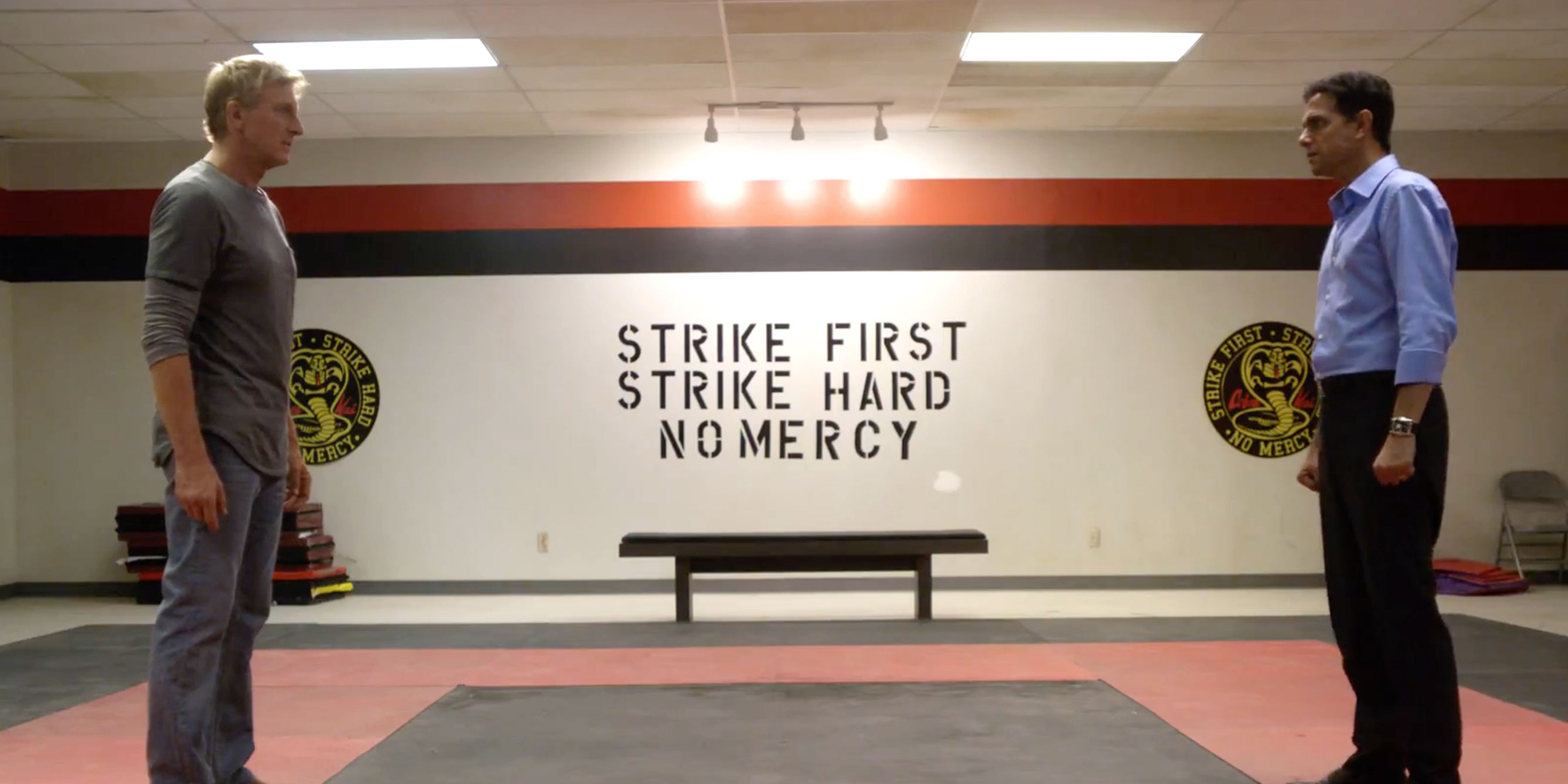
But much of season two involves him questioning these ideals and softening his stances without fully engaging with the real reasons why they don’t work or ever fully abandoning them. A whole season of “no mercy” cannot be undone by suddenly reversing to “well, actually, sometimes show mercy.” Johnny’s growth isn’t perfect and, ultimately, he is a well-meaning but imperfect individual whose mistakes have a genuine, negative impact on the world around him. Daniel LaRusso is much the same, and their rivalry only exacerbates their flaws.
The Karate Kid: Daniel LaRusso
Now let’s talk about the karate kid himself: Daniel LaRusso. Despite being the originals’ protagonist, his role in Cobra Kai is more ambiguous, even antagonistic at times. Cobra Kai makes it clear very early on that Daniel has inadvertently strayed from Mr. Miyagi’s teachings, with one early episode taking care to emphasize this. After Daniel gets the rent raised on Cobra Kai (and, by extension, the surrounding businesses), he is rightfully called out for this harmful act of pettiness, leading a troubled Daniel to visit Mr. Miyagi’s grave and admit that he has lost balance. Though he resolves to do better, he has yet to regain that balance even in season two fully, and the mistakes he makes due to this often cost him.
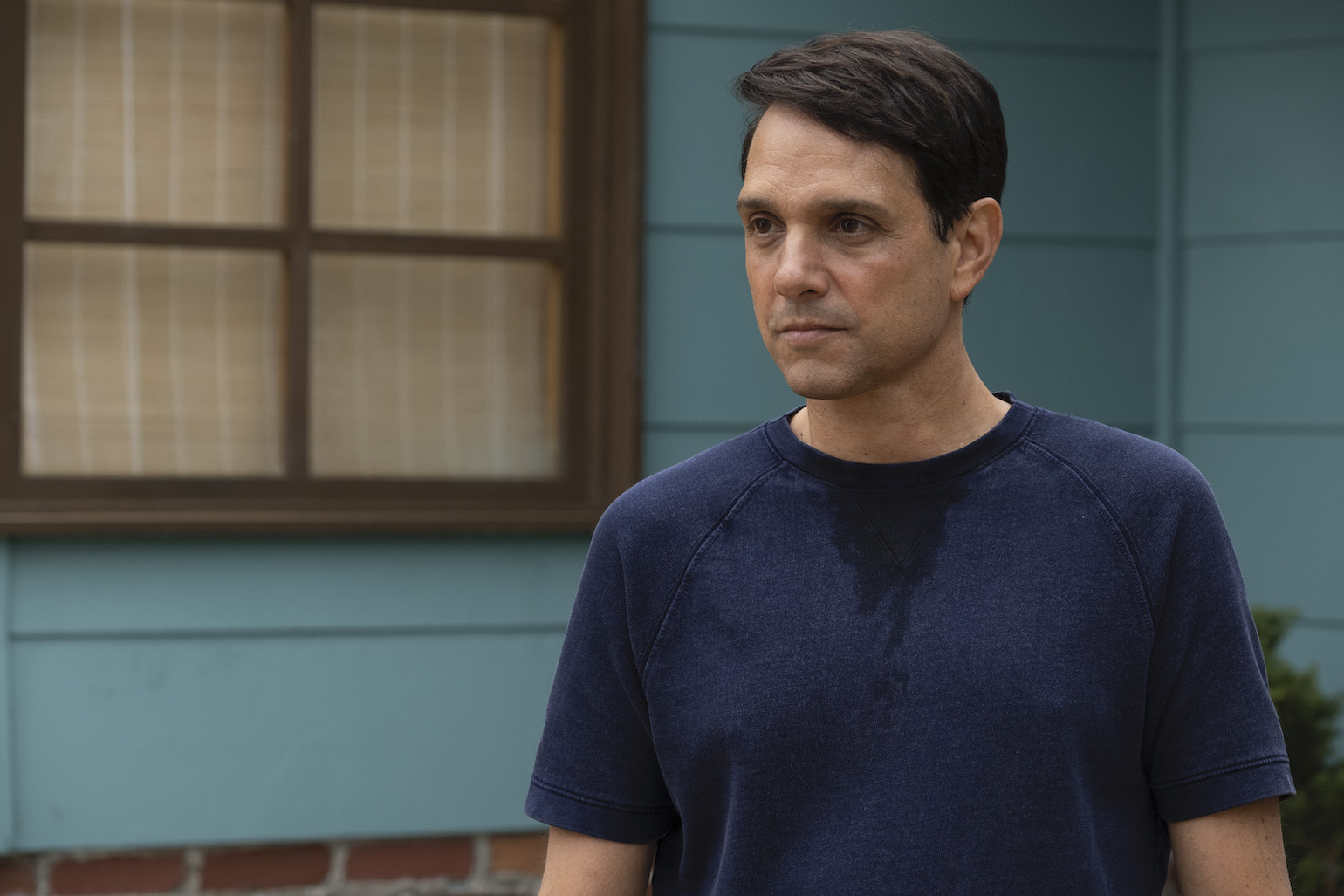
Daniel’s mistakes likely come across as even more unsympathetic since Cobra Kai is, as its name might suggest, primarily told from Johnny’s point of view. That means that sometimes Daniel’s behavior — especially when it calls back to the original trilogy — feels difficult to understand. For instance, in season one, Daniel is one of the characters who are resolutely against lifting a lifetime ban on Cobra Kai participating in tournaments.
The show explains the ban with a quick line, referencing unethical conduct from Cobra Kai senseis Terry Silver and John Kreese, but does not elaborate on its conduct. That knowledge requires that the viewer remember what happened in The Karate Kid Part III when John Kreese teamed up with a character called Terry Silver to orchestrate an almost ridiculously evil, and at times physically abusive, plan of revenge against Daniel.
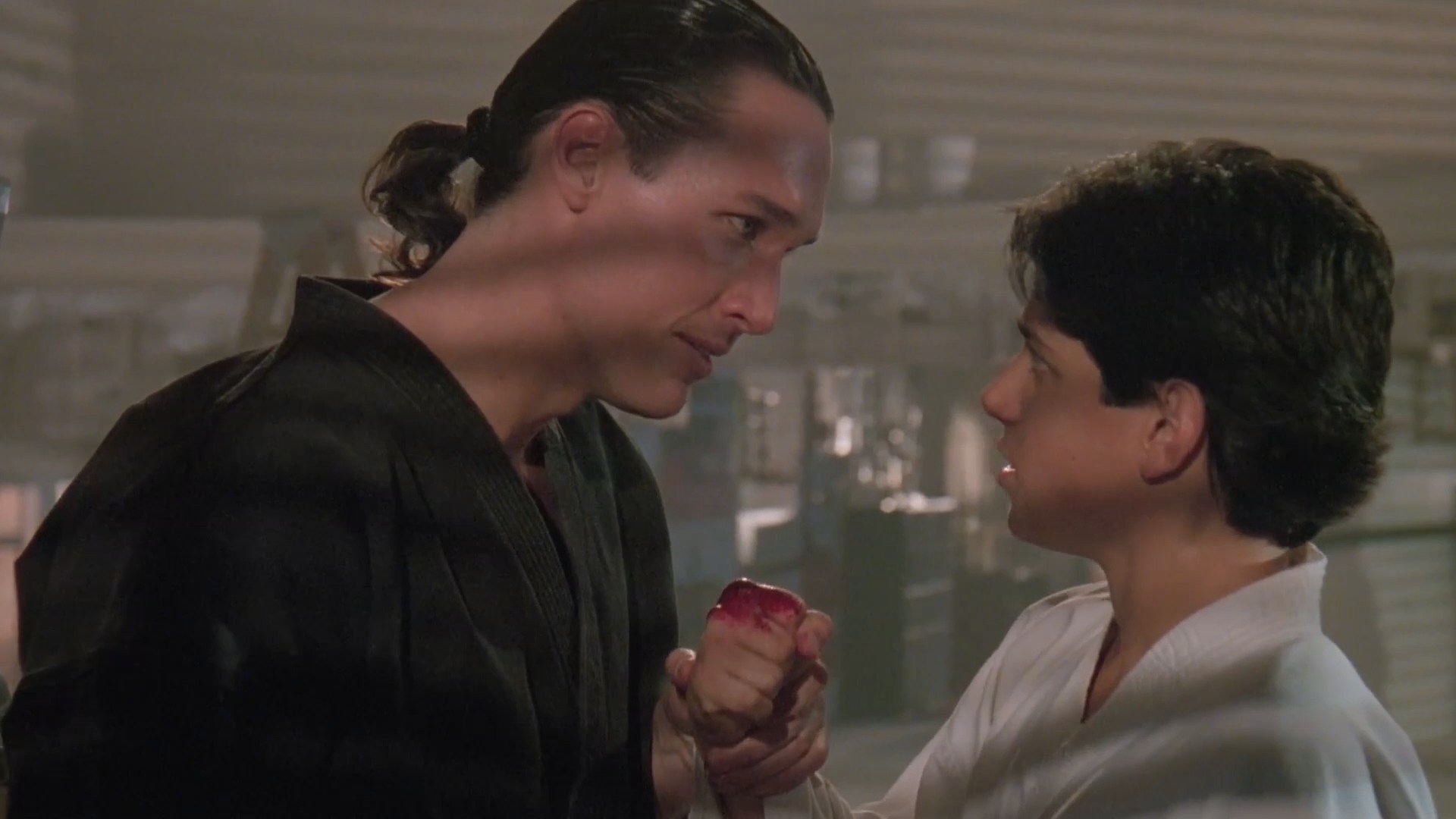
Without this knowledge, Daniel’s persistent and occasionally irrational suspicion of Cobra Kai feels a lot less understandable. Though Daniel’s grudge against Cobra Kai is not healthy or justified — as Johnny himself points out, he is neither John Kreese nor Terry Silver — the focus on Johnny’s POV means that the context is mostly lost on any viewers unfamiliar with the third film, and Daniel’s behavior feels more unsympathetic for it.
So, as funny as some of the jokes about Daniel being the franchise’s real villain are, they also shouldn’t be taken seriously. To do so would be to lose the nuance that makes this show what it is. Daniel is far from the perfect hero, but despite his failings and clouded perception, he is also not entirely wrong about Cobra Kai’s teachings, even if his method of arriving at that conclusion was flawed.
There Are No Bad Students: Toxic Teachings In The Karate Kid
One of the key themes in both the original movie and the TV show is our mentors’ and outside influences’ importance. While Johnny plays an antagonistic role in The Karate Kid, Mr. Miyagi tells Daniel: “No such thing as bad student, only bad teacher.” (( Columbia Pictures: The Karate Kid, 1984. )) The implication of this in the context of the film is clear; Johnny’s misbehavior isn’t because he is inherently bad, but due to the influence of his instructor, John Kreese.
Kreese is the one that orders a student to seriously injure Daniel and tells Johnny to sweep Daniel’s injured leg, despite their obvious discomfort. And while this of course doesn’t remove their responsibility for their own actions, it also makes it clear that on their own — or guided by someone else — they may have chosen to do the right thing.
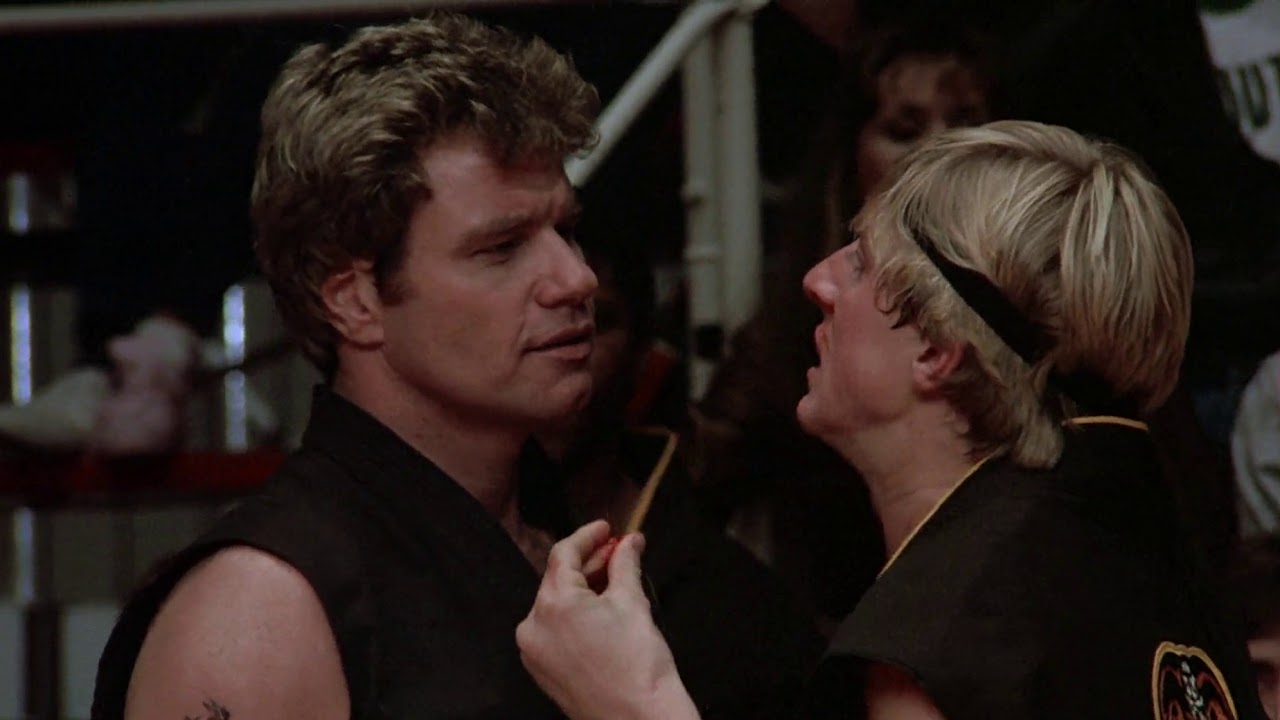
Now Johnny and Daniel are the teachers, and Cobra Kai uses that to double down on this theme from the original. Like the men themselves, their teachings on the students studying beneath them are a mixed bag of good and bad. Johnny, like Cobra Kai’s sensei, teaches his students what he learned as a teen. Strike first. Strike hard. No mercy. His teaching style, which leads to him doing things like putting his students in cement mixers or pushing them into pools with their hands tied, reflects this.
The philosophy of Cobra Kai is ultimately unhealthy for the children — but it is not exclusively unhealthy. Cobra Kai’s teachings instill confidence in the dojo’s students, many of whom are bullied or outcast. Unfortunately, their development doesn’t stop there. If it did, this would be a happier story than it is. As the show goes on, their confidence starts to look a lot more like aggression, a journey that is perhaps best exemplified by two Cobra Kai students.
The First Student: Miguel
Miguel, Johnny’s neighbor, initially seeks out Johnny’s training because he is being bullied. Though reluctant, Johnny eventually agrees a choice that kicks off one of the central mentor-student relationships in the series, with Johnny coming to view Miguel as a son. Miguel’s sweet, considerate nature is clearly meant to put him in stark contrast to the mentor he idolizes, but despite their differences, Johnny’s training works. After a botched attempt to stand up for himself in episode three, Miguel intervenes to defend a girl — Daniel’s daughter Samantha — from bullies at school. No one picks on him again after that, and after some nervous flirting, he builds up the courage to ask Sam out.
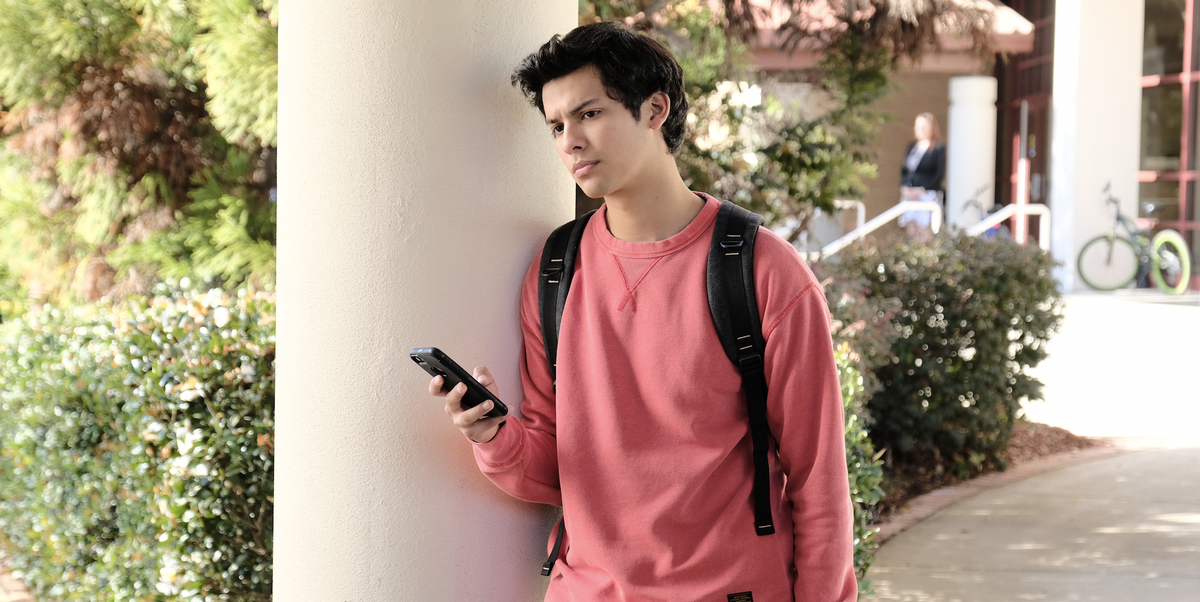
Unfortunately, it doesn’t last. One of the first hints that Miguel’s development is rounding a turn comes toward the end of season one. Miguel’s relationship with Sam reaches a bitter end when he — drunk, upset, and believing he’s been stood up — sees Sam arrive at a party with another boy. While attempting to punch the boy, Robby, Miguel, inadvertently strikes her instead. Unlike Miguel, the viewer knows that Sam had been stuck away from her phone and had no romantic intentions with Robby. And, if Miguel had controlled his temper and spoken to her first, she likely would have told him so.
This trend continues into the season finale. Miguel proves surprisingly intense and focused throughout the tournament, and the final match sees him facing off against an injured Robby. To Johnny’s concern and dismay, Miguel — in haunting parallel to Johnny in the original film — deliberately targets Robby’s injured shoulder to ensure a win. Luckily, Miguel’s character development doesn’t stay negative. In season two, Cobra Kai’s students end up caught between Johnny and Kreese, who — though at first alike — become increasingly at odds as Johnny struggles with the consequences of his ideology and even revises some of his stances.
Miguel, who is closest to all the students to Johnny, is at first doubtful of his sensei’s changing perspective. Ultimately, though, Miguel takes his sensei’s lessons to heart, getting into a fight and retrieving the Medal of Honor to return to Miyagi-do. In sharp juxtaposition to his own actions in the season one finale, Miguel attempts to show mercy during an all-out brawl that occurs at the second season’s end.
Eli Moskowitz: Hawk
Eli, Miguel’s classmate, and friend is a more extreme example, fully completing the journey from bullied to bully. After he joins Cobra Kai and Johnny verbally confronts Eli about his facial scar, Eli reinvents himself. He dyes his hair and styles it into a mohawk, earning the nickname “Hawk,” and his entire personality changes. Previously a shy boy who carried himself with hunched shoulders, Hawk becomes one of the most confident, outspoken, and aggressive characters in the cast.
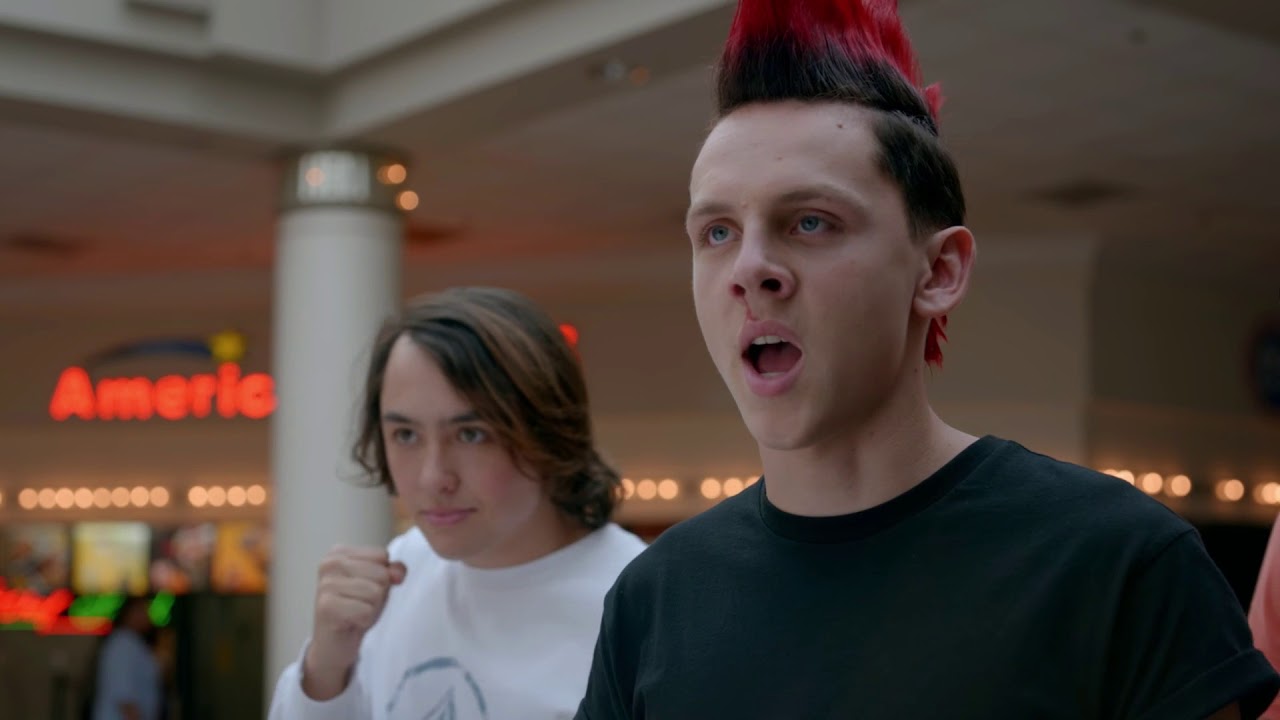
It’s Hawk who dislocates Robby’s shoulder during the tournament with a kick from behind. Formerly best friends with fellow social outcast Demetri, by season two Hawk is chasing Demetri through the mall, intending to beat him up over a negative review of Cobra Kai — and it is Hawk who wrecks Miyagi-do and steals Mr. Miyagi’s Medal of Honor.
In actuality, the theft of the medal was prompted less by Johnny than by John Kreese, who taught at the dojo briefly with Johnny’s permission. While Johnny’s arc in season two involves him grappling with his aggressive teachings, Kreese has a more insidious role in the narrative, as — despite his own claims — he actually has very little remorse for his actions in the films. It is Kreese that Hawk comes to trust, and Hawk’s behavior escalates accordingly.
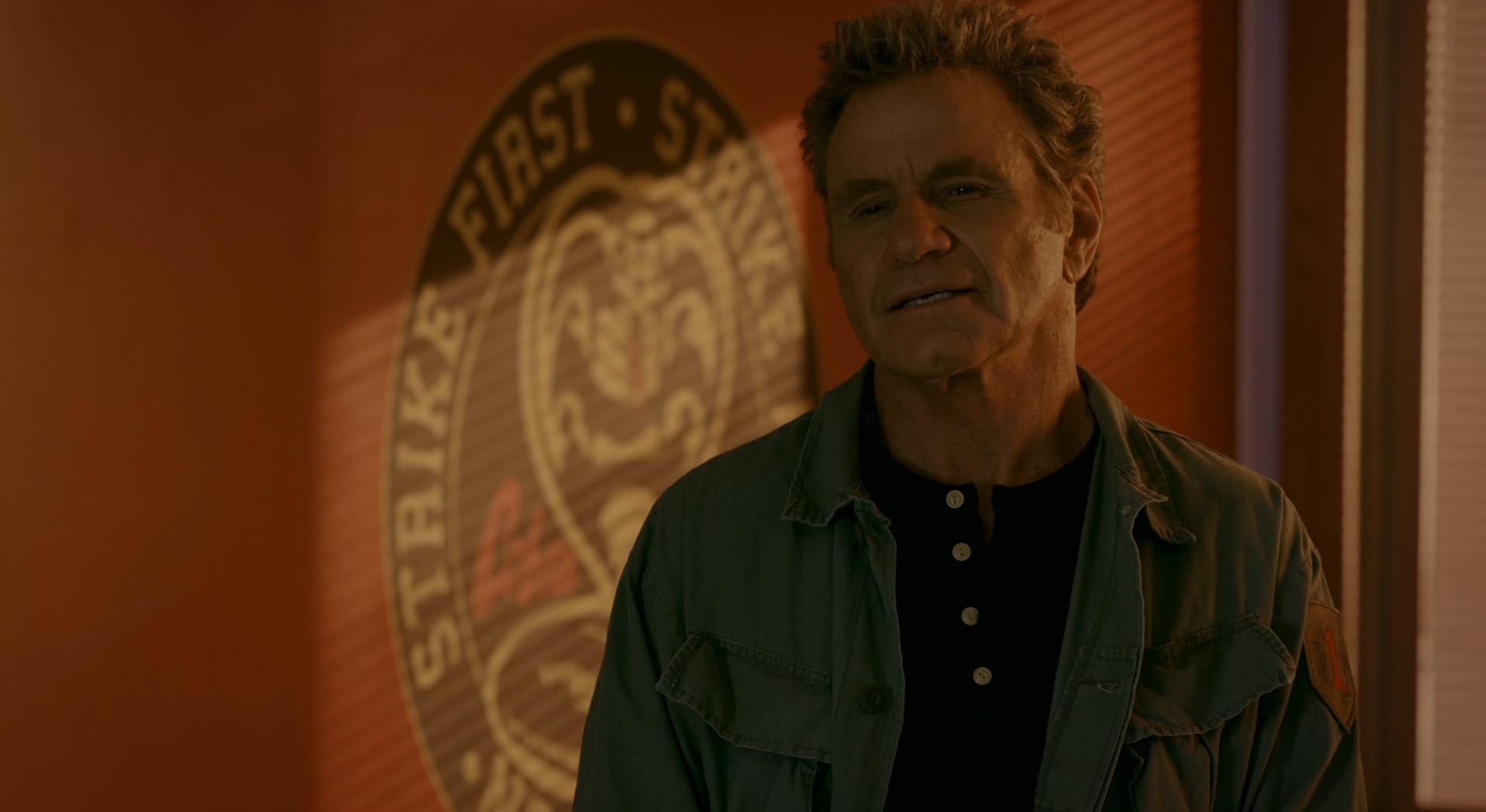
Yet Johnny cannot — and should not be allowed to — fully escape responsibility for his part in Hawk’s growth either. Even excusing his choice to trust Kreese — he had been deceived and lacked the meta-knowledge of the viewer — Hawk’s initial procession into aggressive bullying behavior came under Johnny, not Kreese. Hawk may be following Kreese now, but it is Johnny that led him down that path to begin with.
Miyagi-do And Robby
Miyagi-do’s philosophy has two core rules, as explained by Mr. Miyagi.
“Rule number one: karate for defense only. Rule number two: first learn rule number one.”
– Mr. Miyagi (( Columbia Pictures: The Karate Kid Part II, 1986. ))
In comparison to the aggression promoted by Cobra Kai, it is hard to critique Miyagi-do’s core philosophy as inherently flawed. However, that does not mean that Daniel’s branch of the narrative doesn’t advance the show’s themes of teacher-student relationships. As Daniel struggles to find and maintain balance, it is in staying true to Mr. Miyagi’s teachings and guidance that Daniel has trouble.
In both seasons, Daniel trains Johnny’s son, Robby. Johnny has been an absent father, and Robby is understandably suspicious of any attempts from Johnny to reconcile. His mother struggles with substance addiction and is flighty, often absent from home. At the show’s start, Robby has fallen in with a bad crowd and is involved in petty crime — until he becomes Daniel’s student.
With the positive mentor-student relationship they develop and more adult guidance and attention than he’s received in a long time, Robby flourishes. He soon turns on his old friends, refusing to help them rob Daniel’s business. Miyagi-do’s emphasis on inner peace, balance, and self-defense quickly proves to be an important stabilizing force for Robby. His earlier delinquency and aggression are largely gone within episodes, and he becomes more compassionate and mature.
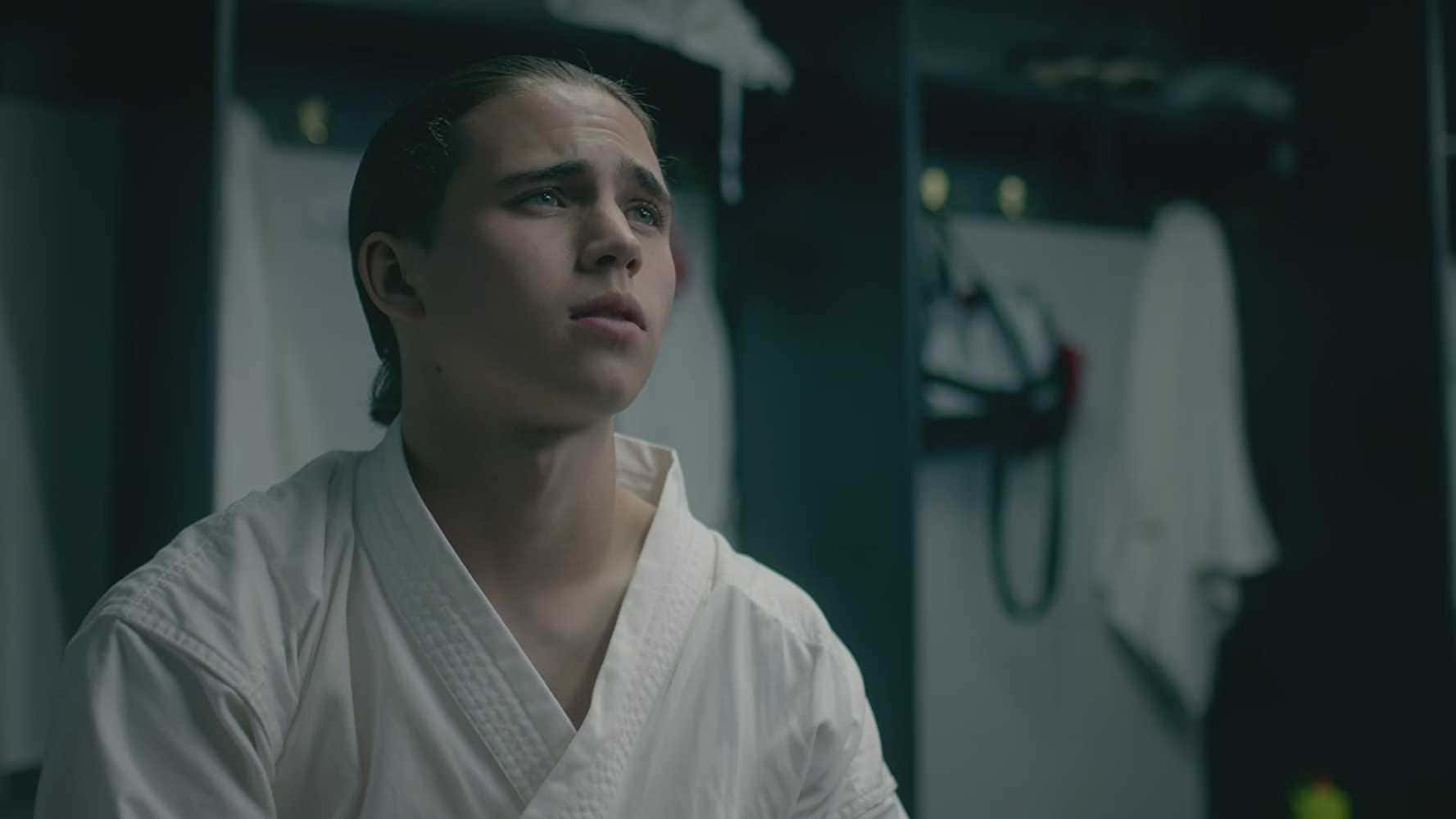
But Daniel fails his students too, and that includes Robby. The narrative emphasizes Daniel’s temper and habit of making rash decisions, which Daniel demonstrated in the films. Daniel initially rejects Robby as a student after discovering Robby is Johnny’s son, though he quickly backtracks and apologizes to Robby during the tournament. But a similar pattern plays out again in season two when Robby helps Sam cover up the fact that she’d gotten drunk at a party. Daniel finds out and reacts with disproportionate anger towards Robby.
That very same episode sees Robby, in nearly uncharacteristic contrast to his behavior during the season one finale — when he showed patience and sportsmanship even in the face of unfair play — respond to an attempt at mercy from Miguel with a violent kick that accidentally sends Miguel reeling backward and toppling over a railing. The fall leaves Miguel hospitalized in critical condition.
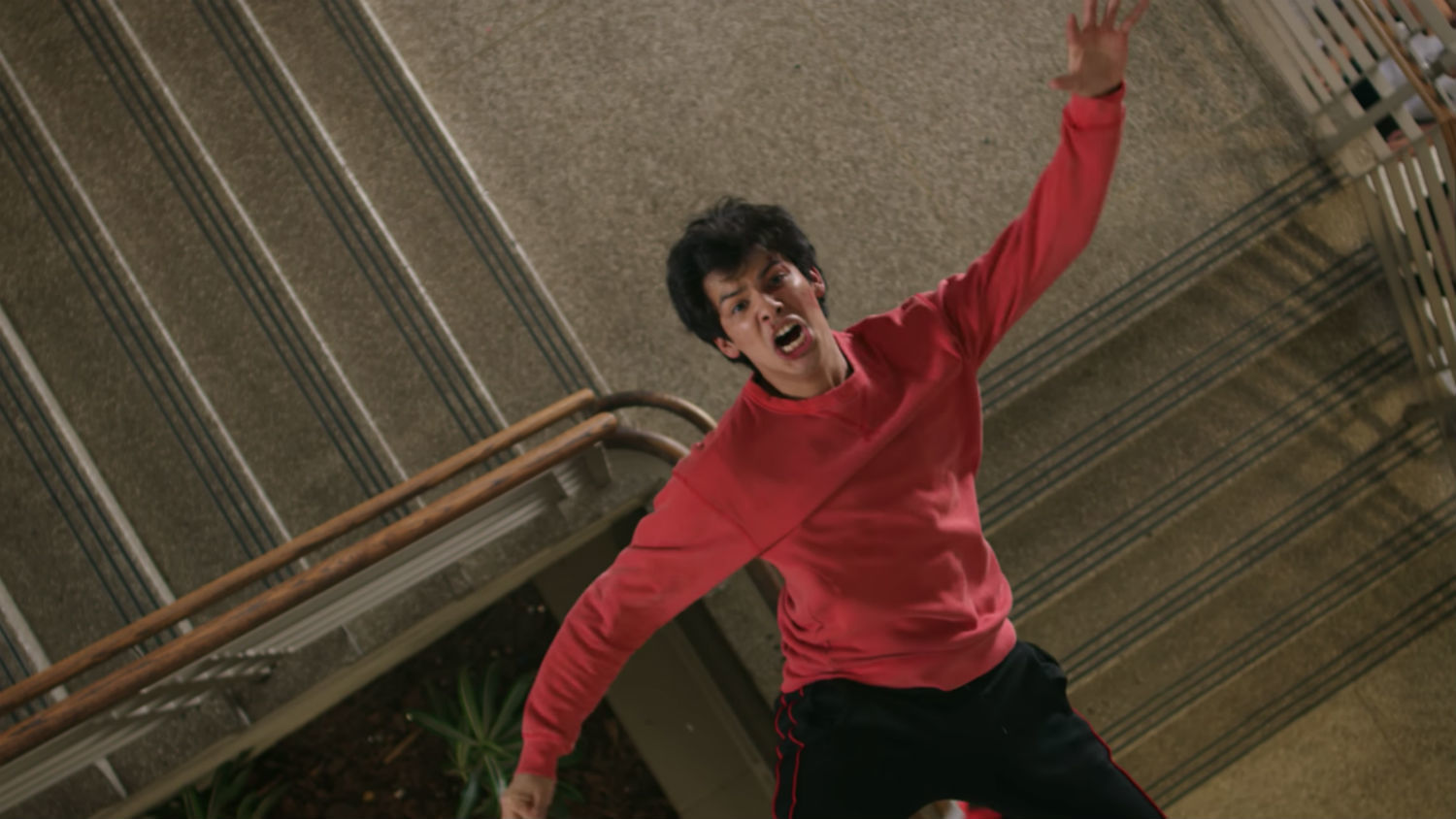
With the show’s insistence on the influence that teachers have on their students, and its alignment with The Karate Kid’s lesson that there are no bad students, only bad teachers, it does not feel like an accident that Daniel’s unfair outburst and severance of his relationship with Robby corresponds with Robby — who had become quite even-tempered as a Miyagi-do student — backsliding and behaving out of aggression and anger.
The Path Forward
Cobra Kai justifies its own existence and avoids feeling like a cheap cash grab in part because its makers understand what made The Karate Kid good. Not just the actors or the karate or even the nostalgia factor (though those admittedly play a role), but its themes and emotional core. And, all combined, these traits create a clear path forward for the story.
Both Daniel and Johnny are flawed individuals who fail their students due to their unhealthy ways of interacting with the world and their grudges against one another. Of course, learning is a lifelong process. The issue is not whether they’re good or bad people now; the issue is what they will choose to be in the future. They may be well-intentioned, but they’re imperfect teachers, and neither is the teacher that their students need.
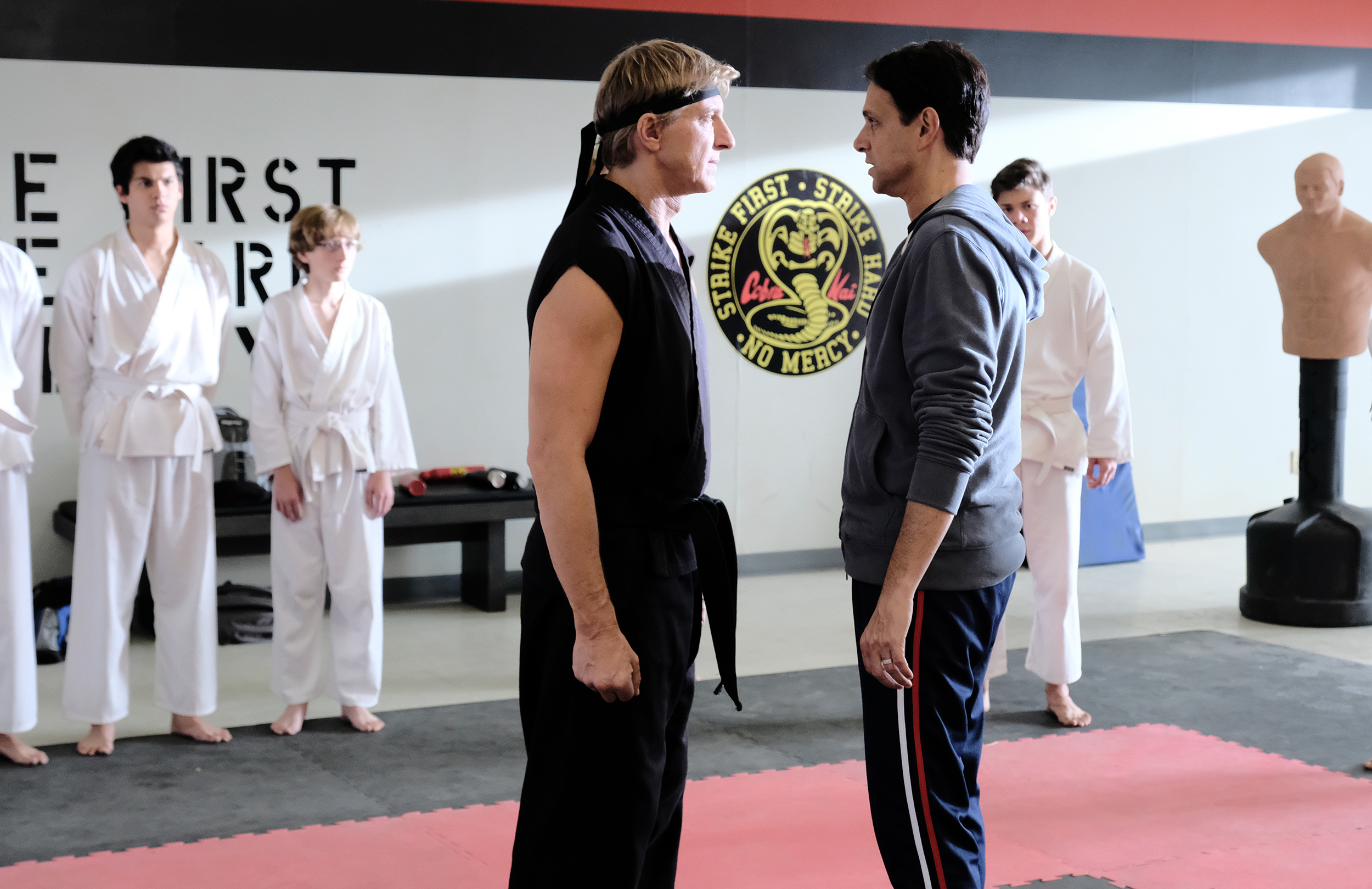
In this way, at least, despite their conflicting personalities and philosophies, Daniel and Johnny are incredibly similar. And the show seems to be drawn inexorably to the conclusion that they shouldn’t — or can’t, not sustainably — hate each other forever. The brawl that injures Miguel is a culmination of a growing divide between the Cobra Kai and Miyagi-do dojos, and it ends with students hospitalized.
In the first Karate Kid film, Mr. Miyagi gives Daniel a warning:
“Daniel-san, you look revenge that way [karate], start by digging two graves.”
– Mr. Miyagi (( Columbia Pictures: The Karate Kid, 1984. ))
That about sums it up: it’s hard to know yet whether Daniel and Johnny will ever be friends, but they can’t be enemies forever. There are only two paths forward for them: they can bury the hatchet or start digging.
